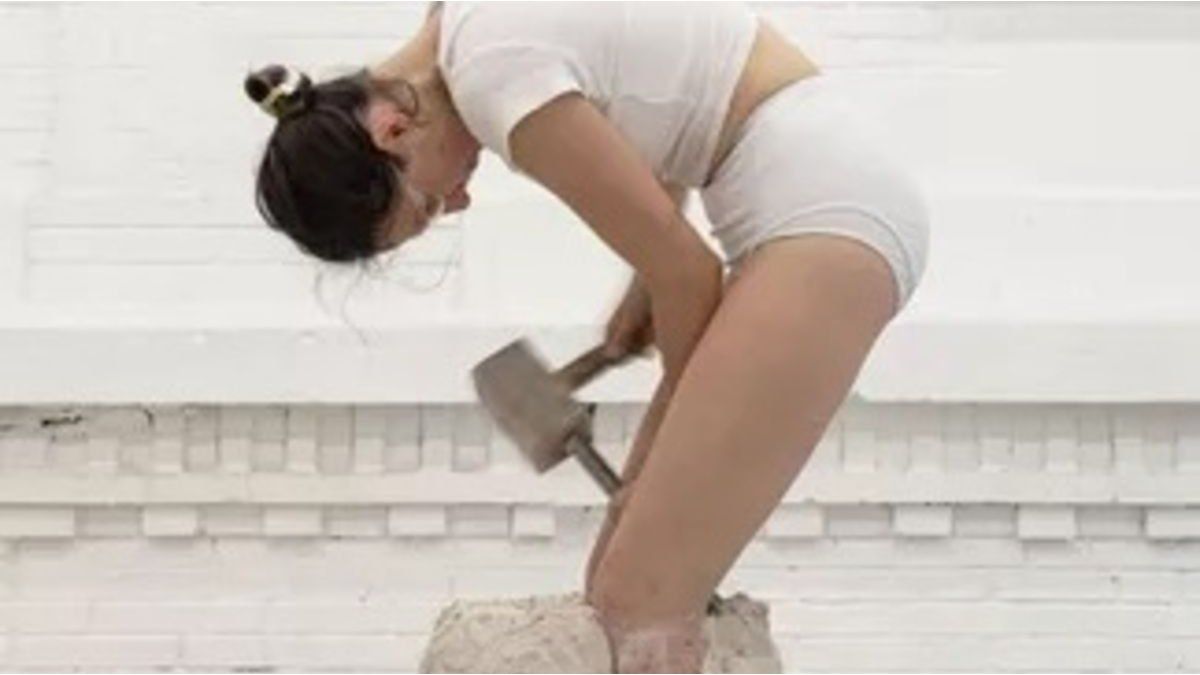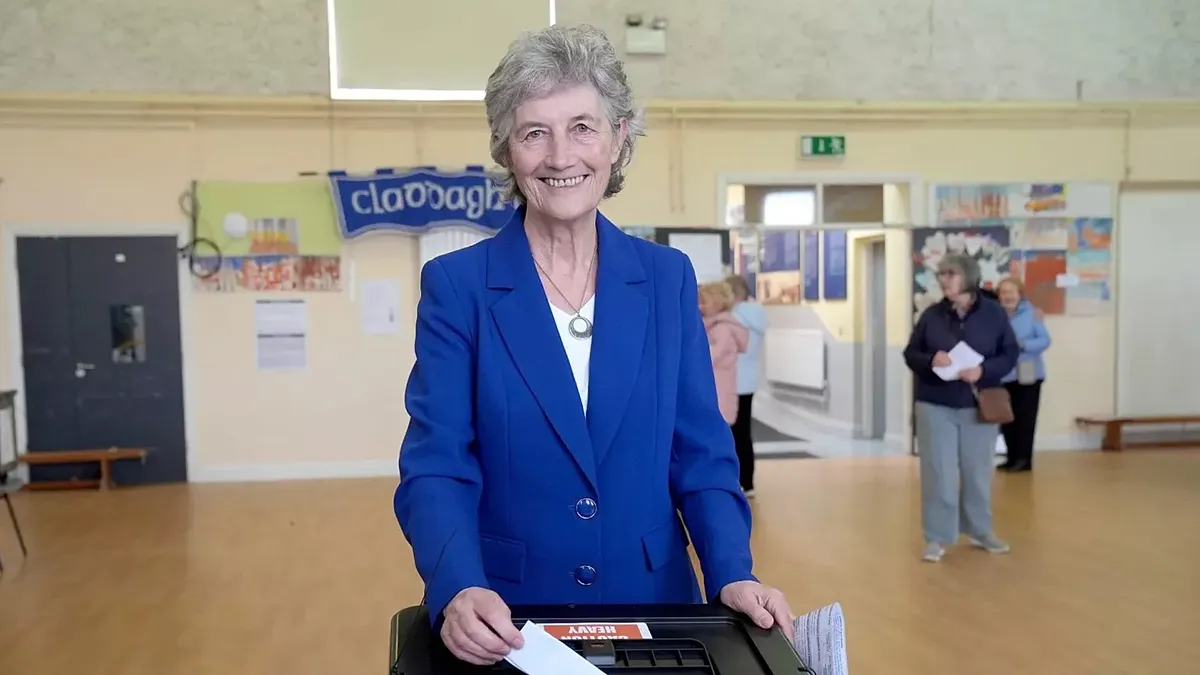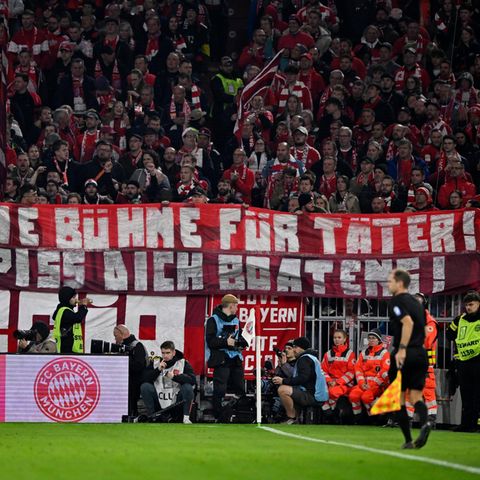Dedicated to “all the artists who fight to make the world a fairer place”, Elena Oliveras just published the book “Dystopias and microutopias – Practices of resistance in 21st century art” (Paidós), which was presented in the Auditorium of the Friends of the Museum of Fine Arts Association.
With this book the author tries to contribute to raising awareness of the problem through artistic action as an alternative for change. There was a dialogue between Oliverasgraduated in Philosophy and Aesthetics from the University of Paris, and Graciela Sartidoctor in History and Theory of the Arts (UBA).
“Dystopias and microutopias”, the new work by Elena Oliveras
Divided into nine sections, whose chapters cover the difficult definition of dystopia, Oliveras points out that if utopia is a “happy place”, dystopia would be synonymous with an unhappy place. The RAE dictionary defines dystopia as the “fictional representation of a future society with negative characteristics that cause human alienation.”
It is related to catastrophes, wars, pandemics, but also a warning of what is to come, which would stimulate reflection and represents the first step towards a “resistance practice” micro-utopian, related to the intensity of artists, and gives the first example to Amadeo Azar with his work “I need to believe in something.””, with elements of constructivism and the rationalist design of a house that floats on a black background.
cover_dystopias-y-microutopias_elena-oliveras_202407081647.jpg
The scholar’s book cites contemporary thinkers such as Bauman, Sloterdijk, Michaud and other previous ones like Nietzsche when he points out “that art is what makes life possible, the great seducer of life, the great stimulant of life.”
Parade through its 352 pages are all the contemporary thinkers who have dealt with the Anthropocene and Capitalocene, climate denialism, which although it is known, many assume that it is irreversible because “there is nothing to do” and cites the controversial scene between Donald Trump and Greta Thumberg in 2019. “Consumption rotates in a vacuum to infinity, one navigates in a kind of black hole from which one tries to escape with the illusion of enjoying a new consumption”writes.
They then appear Alain Badiou, Giorgio Agamben, Slavoj Zizek, Byung-Chul Han, Yuval Noah Harari and critical consumer artists such as Enio Iommi and his anticipatory work from the 70s, and more currently, Florencia Levy, Nicola Constantino. There are many artists committed to inequalities, to avoiding collapse, their provocative voices are heard that open the controversy about the essence and limits of art in relation to life.
A book that calls for study, reflection, which also deals with omnipresent violence since “Our globalized world is defined by the violence that, from power, defends wars, genocides, racism, and that in a cruel attitude entrenches itself in indifference, negligence or oblivion”. Hence it is a dominant theme in artists such as Juan Sorrentino, Marcelo Brodsky, Florencia Rodríguez Giles, Mariela Yeregui.
Elena Oliveras It helps to rethink the world, a complex world, a world of the present that satisfies no one, an art world where the market rules. The author insists on topics such as ecology, and highlights the body of work of artists such as Andrea Juan, Joaquín Fargas, Teresa Pereda, Florencia Levy which covers several of these hot topics and “that open a path of resistance against the grain of generalized apathy”.
Philosophy and artificial intelligence
Not only basic resources are at risk. The Italian philosopher Franco Berardi points out that psychological sustainability is seriously threatened, attention is under permanent siege and the brain tends to psychotic breakdown as can also be seen on our streets. Also against emblematic works of art in museums “when we go to war over food and water, there will no longer be time to admire art.”
Section VIII deals with “Technological poiesis”in reference to Artificial Intelligence, wondering if we will have the opportunity with algorithms to produce the best art in history. Can AI become a valid tool for creating metaphors of the world?
In a phrase by the South Korean philosopher Byung-Chul Han would be the answer: “AI can’t think because it doesn’t get goosebumps. It lacks the affective-analogical dimension, the emotion that data and information cannot convey”.
He also quotes the French poet and artist Robert Filliou (1926-1987): “Art is that which makes life more interesting than art.” to which Oliveras, in a certain way, responds: “Art is that which makes life more important than art”.
Source: Ambito
David William is a talented author who has made a name for himself in the world of writing. He is a professional author who writes on a wide range of topics, from general interest to opinion news. David is currently working as a writer at 24 hours worlds where he brings his unique perspective and in-depth research to his articles, making them both informative and engaging.




